By Blaine Taylor
According to The History Channel’s Tales of the Gun, the Mauser 98 was “the best bolt action rifle ever made.” Author Robert W.D. Ball added that the Mauser was “a safe and robust rifle with a five-round clip, and the world’s most popular rifle; 30 countries used it, and 100 million units were manufactured between 1898-1945, during which it was employed in both world wars by the German Army. At 49 inches long, the shorter carbine K98k World War II version witnessed 14 million produced.” Ball’s epochal 2000 work Mauser Military Rifles of the World also calls the Model 1871 “the best rifle in history,” somewhat akin to the famed French Dreyse needle gun. Indeed, proclaims one dealer, “No rifle has more history and quality than Paul Mauser’s K98!” (Read more about these and other weapons that have defined the history of warfare inside the pages of Military Heritage magazine.)
The Proliferate Mauser Bolt-Action Rifle
The best Mauser was also the original, copied by every major rifle maker and never beaten. It was and remains first in strength, reliability, accuracy, and safety. Built for the rigors of combat, the K98k served its users well for a lifetime. The final long-slide, side-mount model of the renowned German Army sniper rifle of World War II used both scope and iron sights. The first of the long-eyed Relief Snipers—the original scout rifle—is copied even today. Mauser 98 Karbine Model M24/47 was first manufactured in 1924 with FN (Browning) technology, and was known as the M24. The World War II-era K98 Mauser variant was known as the M48, and was also celebrated as being “great for shooting or collecting.”
Among the many nations that have employed the Mauser bolt-action weapons over the years for their armed forces are Argentina, Austria, Belgium, Bolivia, Brazil, Chile, China, Colombia, Costa Rica, Czechoslovakia, Denmark, the Dominican Republic, Ecuador, El Salvador, Estonia, Ethiopia, France, Germany, Greece, Guatamala, Haiti, Honduras, Iraq, Ireland, Israel, Japan, Latvia, Liberia, Lithuania, Luxembourg, Manchuria, Mexico, Morocco, Netherlands, Nicaragua, Norway, the Orange Free State, Paraguay, Persia/Iran, Peru, Poland, Portugal, Romania, Saudi Arabia, Serbia/ Yugoslavia, the Slovak Republic, the South African Republic, Spain, Sweden, Syria, Thailand/Siam, Transvaal, Turkey, Uruguay, Venezuela, and Yemen. One estimate of the number of Mauser rifles produced is an astounding 102 million.
The Rifle’s Notable Design Characteristics
Many believe that the Germans marked every rifle with a secret factory code, a date code, and military inspection stamps with proof marks, depending on where the rifle was manufactured. Several Mauser rifles were built in captured factories in Belgium (Browning) and also in the former Czechoslovakia (CZ Brno), now the Czech Republic. More rifles were built that were intended for other countries as well. The “bnz” code with the single Gestapo rune and the “41” code signify that a particular rifle was manufactured that year for the German Secret State Police, many at the SS concentration camp in Styr, Austria.
The famous Nazi eagle—both with and without an associated inspector number—appeared on rifles produced during 1935-1945. These two markings were stamped on various individual parts depending on when and in which factory the rifle was manufactured. The notorious Totenkopf (death’s head) was affixed for a small number of rifles that were intended for use by special SS troops, stamped on the barrel on the left side immediately ahead of the receiver. This same death’s head was sometimes also stamped to the underside of the stock immediately behind the trigger guard in the underside of the grip.
Of particular interest are some sniper rifles that make use of the original long-eye relief system. They are the famous ZF-41 models with the long-eye scope mount built into the rear sight base. Some sniper rifle models have high turret mounts, while others have the German long claw-type mounts.
Even today, Mauser rifles are highly regarded globally for their strength, reliability, and legendary accuracy. In 1866, the year of the Prusso-Austrian Six Weeks’ War that saw Prussia reign supreme within the various German states, gun maker Peter Paul Mauser developed his self-cocking system for the Dreyse needle rifle.
The Men Behind the Mauser 98
Peter Paul Mauser was born on June 27, 1838, in Oberndorf am Neckar in Wurttemberg, Germany. Brother Wilhelm was four years older, and their father, Franz Andreas Mauser, was a gunsmith at the Wurttemberg Royal Armory, established by King Frederick I on July 31, 1811.
Mauser senior married in 1819, and the couple eventually had 13 children. Another Mauser, son Franz, immigrated to America in 1853 and worked at E. Remington & Sons. Peter Paul Mauser was drafted into the Prussian Army in 1859, becoming an artilleryman at the Ludwigsburg arsenal, where he began his own career as a gunsmith. Using the Dreyse needle gun as a model, Mauser developed his own rifle with a turn bolt mechanism that cocked the gun as it was manipulated by its firer. At first, this weapon also used a firing pin that fired a rear ignition cartridge.
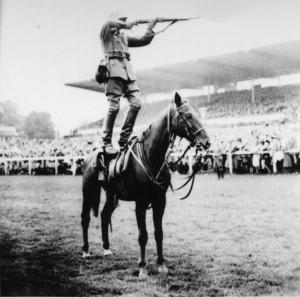
Although the Mauser was shown to many governments, it was only after the Prussian victory over Hapsburg Austria in 1866 that the famed American gun maker Remington & Sons showed any real interest in Mauser’s new invention. Remington’s Samuel Norris felt that the design could be made to convert Chassepot needle guns to fire metallic cartridges, and soon thereafter a partnership between Norris and the Mauser brothers was formed in Oberndorf, Germany.
The company was moved to Leige, Belgium, the following year, but when the French showed no interest in a Chassepot model, the partnership was dissolved. By mid-1870, both Mauser brothers, Peter Paul and Wilhelm, returned to Oberndorf, where they continued developmental work on the new rifle.
Adopting the Mauser Design
The Royal Prussian state accepted the weapon for service on December 2, 1871, just after the Franco-Prussian War that defeated Imperial France and united Germany around Prussia’s steel core had been concluded. Thus, the Mauser did not come on line until February 14, 1872, in the early years of the new German Empire. The delay had been occasioned by the military, which required a design change to the safety lock.
While official government arsenals and larger German industrial firms received contracts for actual production of the new weapon, the Mauser brothers were awarded an order for 3,000 sights, produced by the Xaver Jauch factory starting on May 1, 1872. After the brothers received a contract for 100,000 more sights, they bought the Royal Wurttemberg Armory in the Neckar River valley, and there they built an Upper Works in 1874. That same year, they received another contract to manufacture 100,000 Model 71 rifles. They also had a trio of factories in Oberndorf under a new partnership formed between the brothers and the Wurttemberg United Bank of Stuttgart in Saxony, one of the new federated German states within the empire.
Wilhelm died on January 13, 1882, and the following year the partnership became a stock company named Waffenfabrik (Arms Manufacturer) Mauser. Paul Mauser’s shares were sold in 1887, but he stayed on as the firm’s technical director. Mauser AG was formed a decade later; and after World War II, it was renamed the Industrial Works Karlsruhe AG.
A single shot, bolt-action rifle had been developed during 1867-1869 by Mauser and Norris, and an improved version utilized a coil spring wrapped around the firing pin, a safety, and a cocking piece attached to the rear of the firing pin. This was the weapon adopted officially by the Royal Prussian and Imperial German Armies (but not the Kingdom of Bavaria) as the Infantry Rifle Model 71 on February 14, 1872. According to noted authority W.H.B. Smith, in his work Mauser Rifles and Pistols, “The truly revolutionary features in the design are strictly those of Peter Paul Mauser.”
Manufacture of the infantry version that fired a black powder 11x60mm round from a long 850mm barrel began at Oberndorf, and shorter versions were later made with the 700mm barrel hunter weapon and the 500mm cavalry carbine as well. Noted one source, “A number of slightly modified versions were widely sold to other countries … Serbia designed an improved version of the Model 71 in 10.15mm caliber, produced in Germany, and called the Mauser-Milanovic M1878/80. In 1884, an eight-shot tubular magazine was added by Mauser, who offered the Model 71/84. The Turkish Model 1887 rifle was the first of a series of rifles produced for the Turkish Army by Mauser. Its design echoed that of the German Gewehr 71/84 service rifle, being a bolt-action weapon with a tubular magazine beneath the barrel.”
Development of the Model 98 Mauser Rifle
In 1888, the Year of the Three Kaisers in the Reich, the German Army introduced the Model 1888 Commission Rifle, along with a modified Mauser action and a Mannlicher-style box magazine, with an additional carbine version, the Karabiner 88. Both were updated in the early 1900s and saw service in the Great War of 1914-1918, but the Gewehr 88 was not a fully Mauser-designed and -engineered rifle.
A smokeless powder was introduced that provided its users safety from return enemy fire with its 7.92mm round, a rimless cartridge that allowed for smoother feeding for both rifles and machine guns. The initial bullet had a rounded head, while several redesigned versions, including the spitzer bullet and boat tail, brought the cartridge to its later potency. The Mauser 91 adopted a 7.65mm, round-nosed cartridge. Ironically, the 89 Mauser rejected by Germany in 1884 entered service in 1940, when it was issued to second-line German Army units in Norway, Denmark, Holland, and Belgium.
The Model 1893 Mauser became known as “the Spanish Mauser” and was used by the Spanish Army against the Americans in 1898 at the Battle of San Juan Hill. The use of smokeless powder gave a serious advantage to the Spanish soldiers in Cuba, when they faced the American with their U.S. Army Springfield rifles.
That same year, the Imperial German Army of Kaiser Wilhelm II purchased the Model 98 Mauser design rifle that officially entered service as the Gew. 98 on April 5. “This remains by far the most successful of the Mauser designs, helped of course by the onset of two world wars that demanded vast numbers of rifles,” commented one arms expert.
The Mauser’s Wartime Service
Peter Paul Mauser died on May 29, 1914, just before the start of World War I that August. It was in large part the tragic events of World War I that helped immortalize both his name and the weapon that bore it. The Mauser 98 and its several variants included both a five-round and a 20-round box magazine.
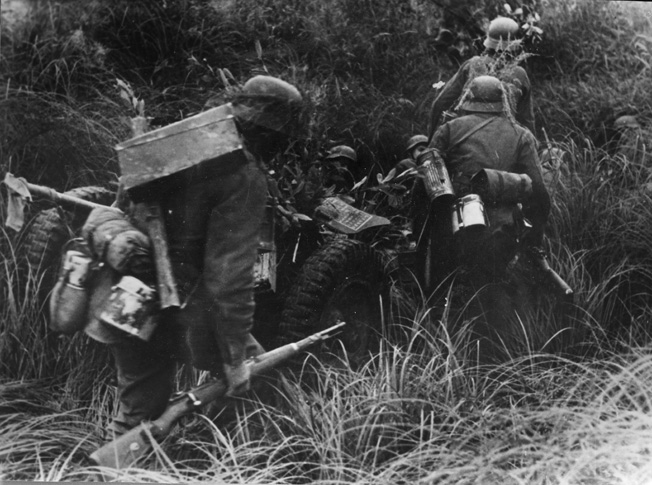
Originally, the German Imperial cavalry used the shorter carbine versions, and by 1918, the new special storm troop trench units also employed Mausers. Both empire and republic came and went, and under the new Third Reich of Adolf Hitler in 1935, the Mauser Karabiner (Carbine) 98 Kurz (Short) was adopted as the standard German Army infantry rifle. It served in that capacity until the end of World War II a decade later. In 1941, the Mauser Company took part in a competition to re-equip the German Army with a semi-automatic rifle as well, but the Mauser-designed version failed miserably on testing and was cancelled after a short production run.
Surviving the War: The Mauser Company Legacy
Under the French Army, the entire factory at Oberndorf was dismantled, and all its records destroyed. In the initial postwar years, the Mauser Works made precision measurement instruments and tools, such as micrometers. Former company engineers saved what they could and founded the later famous firm of Hechler & Koch. Mauser continued to make hunting and sporting rifles, however, and in 1994 became part of Rheinmetal AG. In 1999, the civilian manufacture of hunting, defense, and sporting rifles was split off from Rheinmetall. Numerous Mauser surplus military rifles entered the peacetime civilian market, where they remain today.
Through the decades, the firm also made several military pistol models. These include the C1896 pistol; the Mauser 1910 and 1914 pocket pistols; and another such model 20 years later in 1934, under the Nazis; plus the 2008 Mauser M2 handgun.
In 1954, Mauser as a firm bearing that famous name was formally reestablished. In 2004 it became a subsidiary of SIG SAUER firm, one of the largest firearms manufacturing entities in the world.
In 1985, both Heckler & Koch and SIG SAUER lost out to Beretta USA of Accokeek, Maryland, and Italy for a contract to build the U.S. replacement for the venerable Colt Model 1911 .45-caliber sidearm pistol. The initial contract was for $57 million, one of the largest handgun contracts ever.

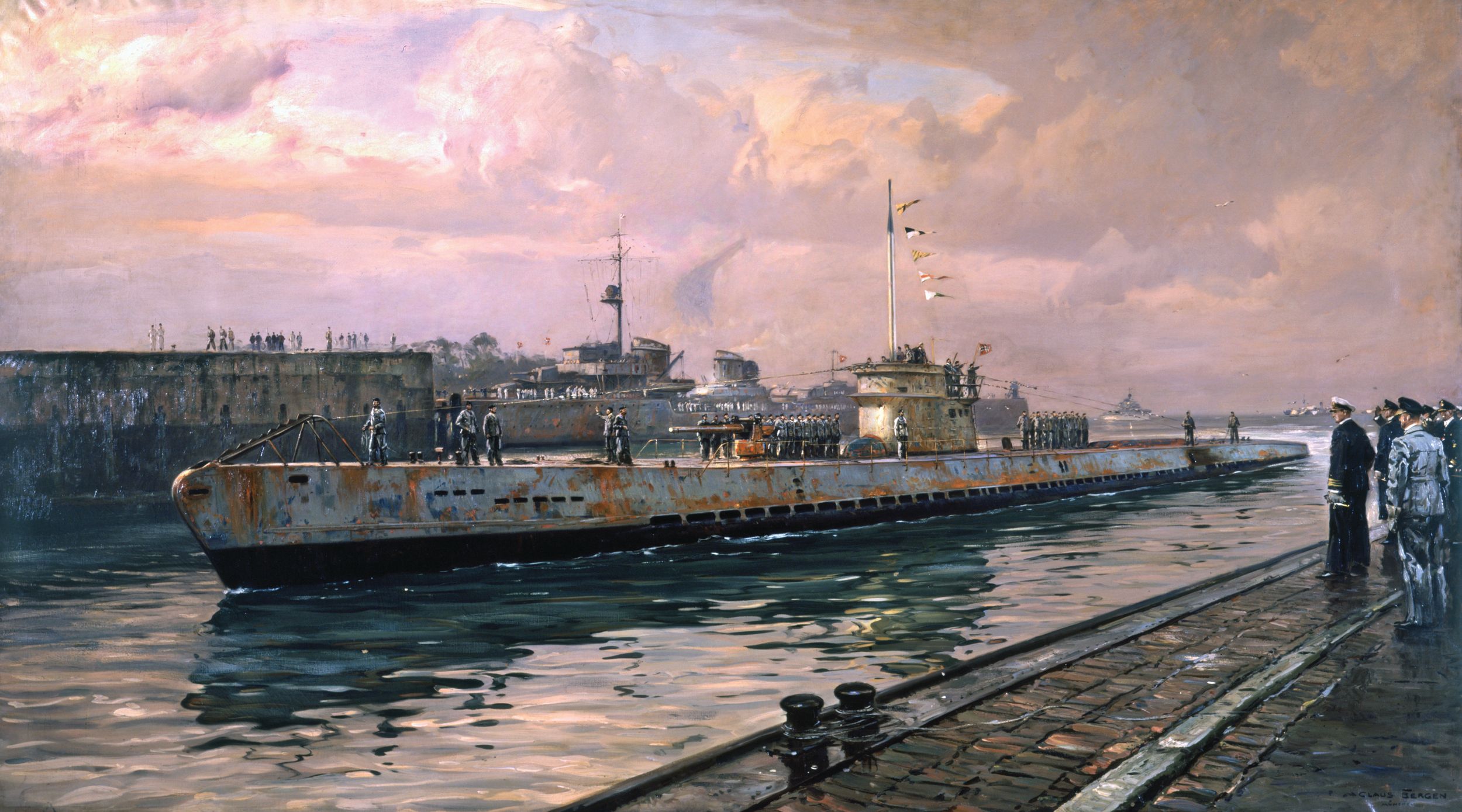
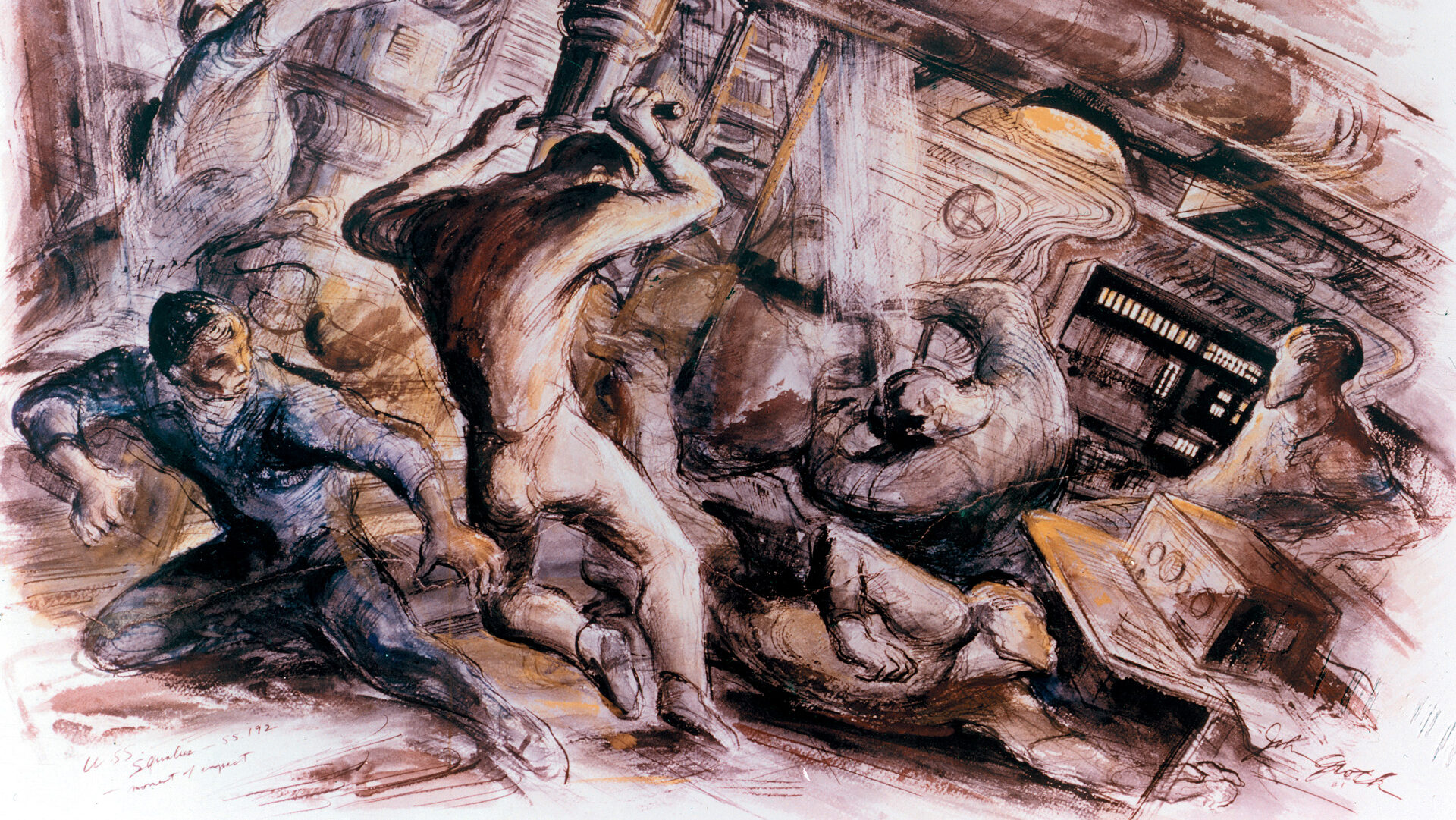

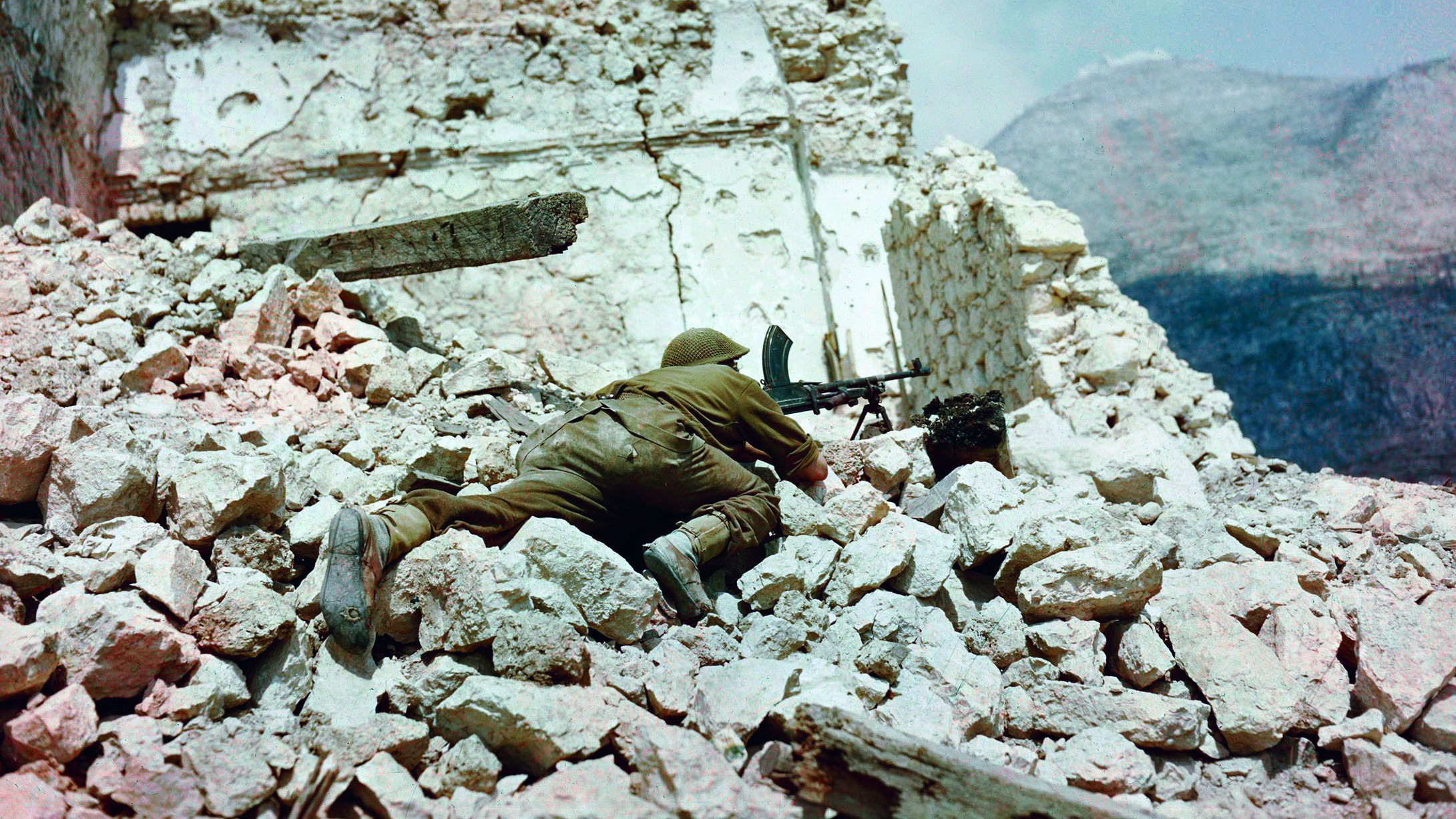
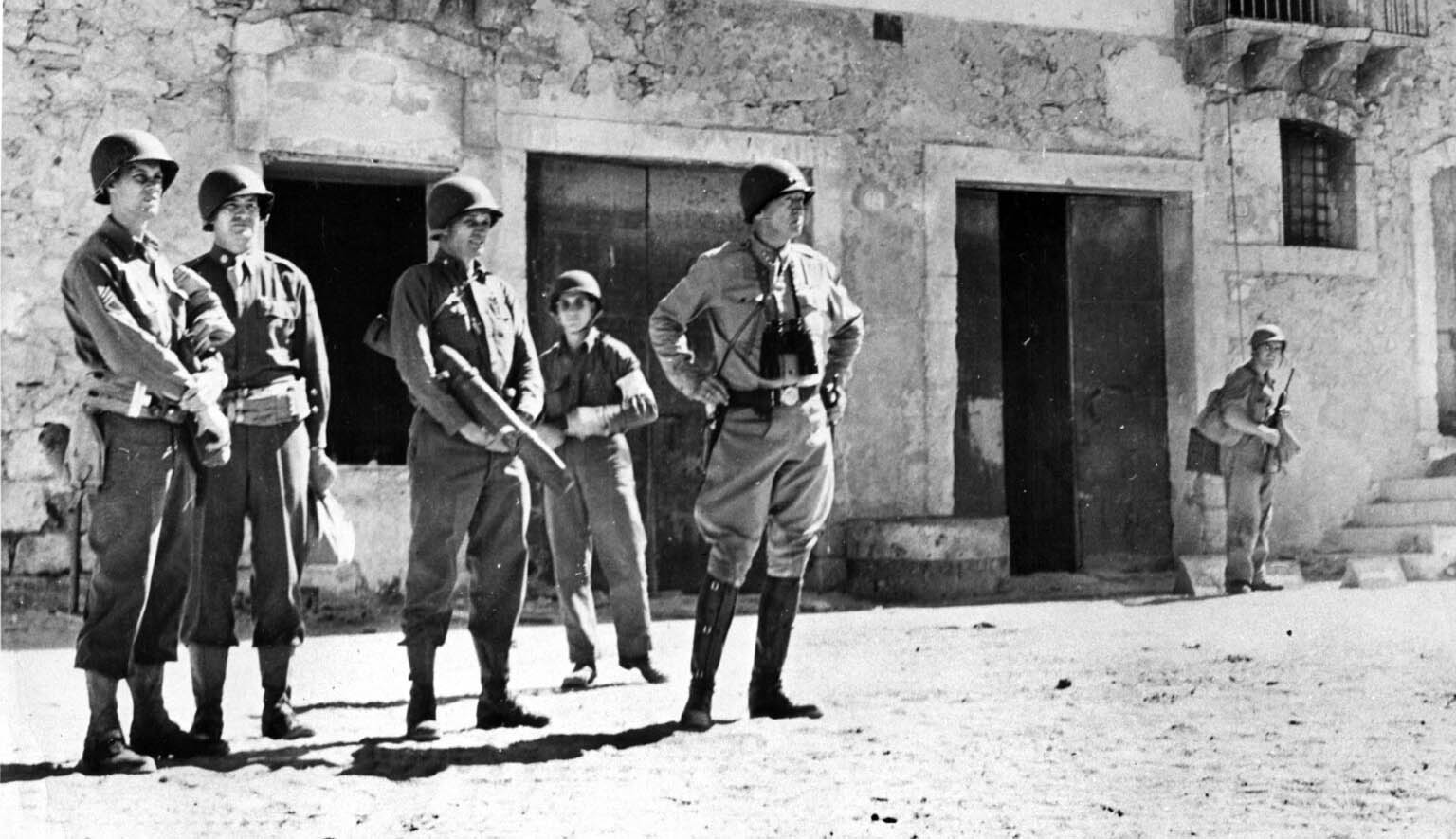
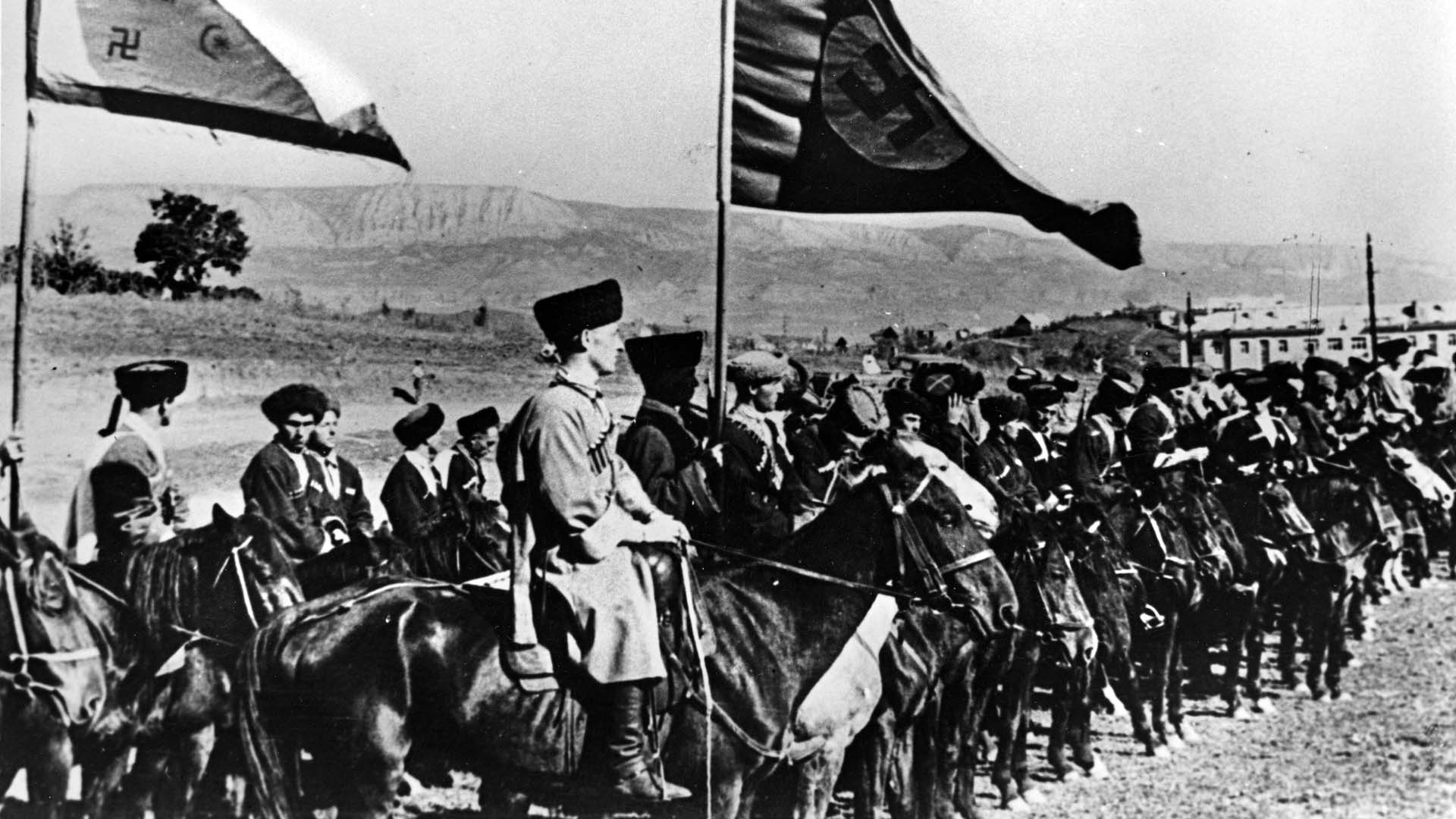
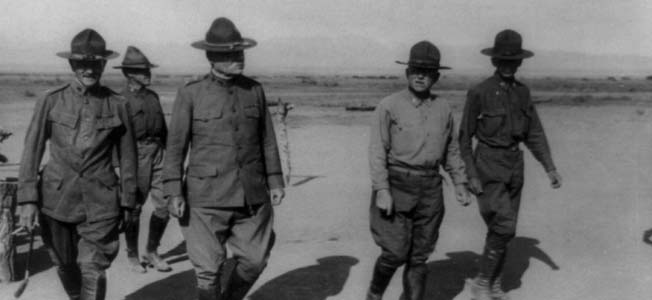

The rifle used by the American Army in Cuba during the Spanish-American War was the Krag-Jorgenson, not the Springfield that would be adopted by World War II, and as I recall had so many Mauser features that the U.S. had to pay royalties to Mauser. There was a Springfield named rifle used by volunteer units because there were not enough Krag-Jorgensons. It was an outmoded Trap Door version.
It’s interesting to examine some of the rifles of yesteryear. Mausers and Mannlichers were great rifles. Sure there are custom rifles made today that have great quality and attention to detail. But for ordinary use by military soldiers , you can’t compare all that went into production.
Irish: I believe you will find that the Springfield was adopted in WW I. Also, as a matter of interest, the Krag was widely used by the US Army in the Philippine Insurrection. This weapon was widely available to forces in the Far East and continued in use until the Springfield was available to be shipped to forces in Guam, Philippines and China Station.